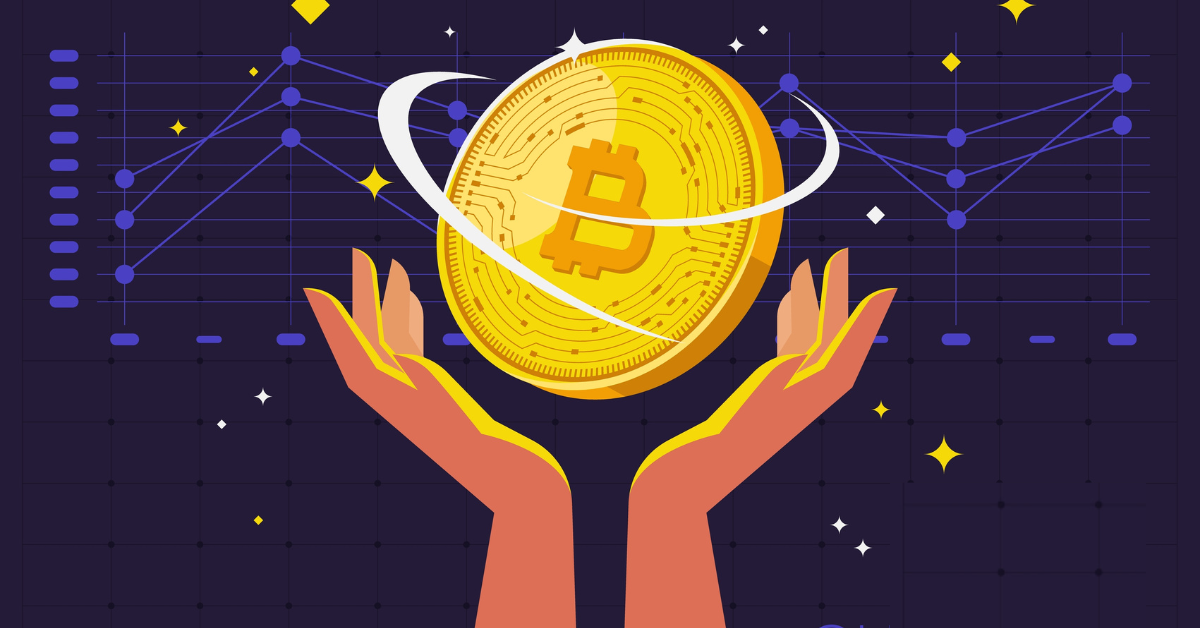The Central Board of Direct Taxes (CBDT) issued a circular on June 22, 2022, outlining how taxes will be deducted from Virtual Digital Assets (VDA) and cryptocurrencies
Although some investors argue that 1% is a small amount, the actual impact is in terms of compliance rather than valuation
Every cryptocurrency investment would be scrutinized by the government, and any other investments would be considered illegal
In the last five years or so, cryptocurrency has been a hot topic of discussion. People of all ages and professions were drawn in by the high rate of return on investment. Many people earned unfathomable returns, and there were numerous stories of people becoming wealthy overnight.
For many, the dream was dashed when the government imposed a 1% TDS on the sale of cryptocurrency assets.
The Central Board of Direct Taxes (CBDT) issued a circular on June 22, 2022, outlining how taxes will be deducted from Virtual Digital Assets (VDA) and cryptocurrencies. The circular also stated that the most recent ruling on TDS on VDAs would take effect on July 1, 2022.
The change will have the greatest impact on short-term traders, day traders, and people who want to invest in cryptocurrency for a short period.
The Government’s Justification
The government justifies the move by claiming that the taxes will eventually be refunded and that the action is being taken to combat tax evasion and illegal transactions. Another angle that the government and the RBI have looked into is the impact on the Indian rupee. The government believes that as cryptocurrency usage grows, the Indian rupee will weaken.
The Indian government investigated the impact of cryptocurrencies for several years and discovered that the investments were made with the intent of evading taxes. The government believes that such activities will promote the black money economy in the long run.
Impact On Investors
Although some investors argue that 1% is a small amount, the actual impact is in terms of compliance rather than valuation. It would be required to be filed, and the taxation-related filing would add to the overall complexity of the function.
Investors are always eager to make investments that involve a simple process and are simple to execute. This complexity and compliance would almost certainly reduce the volume of cryptocurrency investment.
How Does It Work?
The TDS amount is deducted when the amount is credited or when the payment is made to the investor, who is an Indian citizen, whichever occurs first. However, TDS is not levied on amounts less than Rs 50,000 (by the specified person) and Rs 10,000 (by anyone other than the specified person) in a fiscal year. Any investment above the said amount qualifies for 1% TDS.
Furthermore, if the investor’s PAN is not linked to the VDA or is not available at the time of virtual asset realisation, the tax will be deducted at the rate of 20%. Aside from that, if the individual investor fails to file the Income Tax Return (ITR), the tax will be deducted at a rate of 5%.
Translation Of The Ruling
In layman’s terms, this means that 1% of the investor’s money will be deducted as TDS when the virtual asset is realized. If the tax return is filed correctly and the tax slab allows for a refund, the amount will be refunded later. It would, however, have a crippling effect on investors, and people who previously had the freedom to invest in cryptocurrencies would no longer be able to do so.
In other words, every crypto investment would be scrutinized by the government, and any other investments would be considered illegal. According to tax experts, this means that more cash transactions will be carried out in crypto investments, which will promote the “cash economy” to some extent in the long run.
This new tax rule will not deter cryptocurrency enthusiasts. When the crypto market experiences another bull run, investors will return to the market. People are always looking for promising returns on their investments, and when the market is up, they will disregard a 1% tax on their investment.










